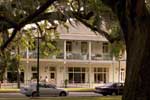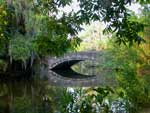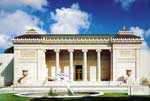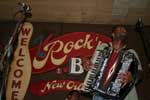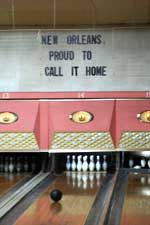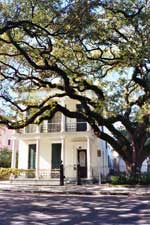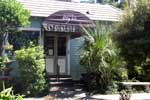New Orleans Architectural Styles
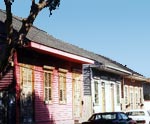 |
| Creole Cottage |
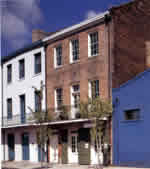 |
| American Townhouse |
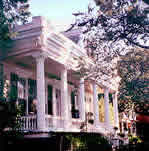 |
| Raised Center Hall Cottage |
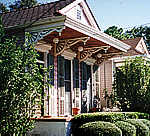 |
| Shotgun House |
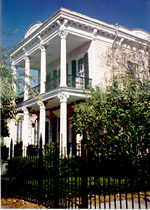 |
| Double Gallery House |
Creole Cottage
1790-1850. Found mainly in the French Quarter and surrounding area. Cottages are single story, set at ground level. Steeply pitched roof. Symmetrical four-opening facade wall, set close to front property line. Made of stucco or wood exterior.American Townhouse
1820-1850. Found in the Central Business District or Lower Garden District. A narrow three-story structure set near ground level. Facade wall on property line. Asymmetrical arrangement of facade openings, balcony on second floor. Exterior made of brick or stucco.Creole Townhouse
Not pictured. 1788-mid-1800s. Found in the French Quarter and surrounding neighborhoods. Two to four-story structure set at or near ground level. Asymmetrical arrangement of arched openings on facade wall set on property line. Iron balcony at second and sometimes third levels. Steeply pitched side-gabled roof often with multiple roof dormers. Brick or stucco exterior.Raised Center-Hall Cottage or Villa
1803-1870. Found in the Garden District, Uptown, Carrollton and elsewhere. One-and-a-half story house raised two to eight feet above ground on brick piers. Full-width front gallery framed by six columns supporting entablature. Five openings with front door in the center. Side-gabled roof, often broken by central dormer. Exterior made of wood.Shotgun House
1850-1910. Found throughout New Orleans. Usually one-story, but many with second story set at rear of house (called camelback). Narrow rectangular structure raised on brick piers. Most have narrow front porch covered by a roof apron and supported by columns and brackets, often with lacey Victorian ornamentation. Predominant New Orleans house type. Wood exterior.Double-Gallery House
1820-1850. Found in the Lower Garden District, Garden District, Uptown, Esplanade Ridge. Two-story structure raised on low brick piers. Side-gabled or hipped roof. Structure set back from property line. Covered two-story galleries framed by columns supporting entablature. Asymmetrical arrangement of facade openings.To learn more about the fabulous architecture found throughout New Orleans, visit the Preservation Resource Center at: www.prcno.org or book a trip to New Orleans and see this treasure trove filled with architectural gems.
Courtesy of neworleansonline.com
